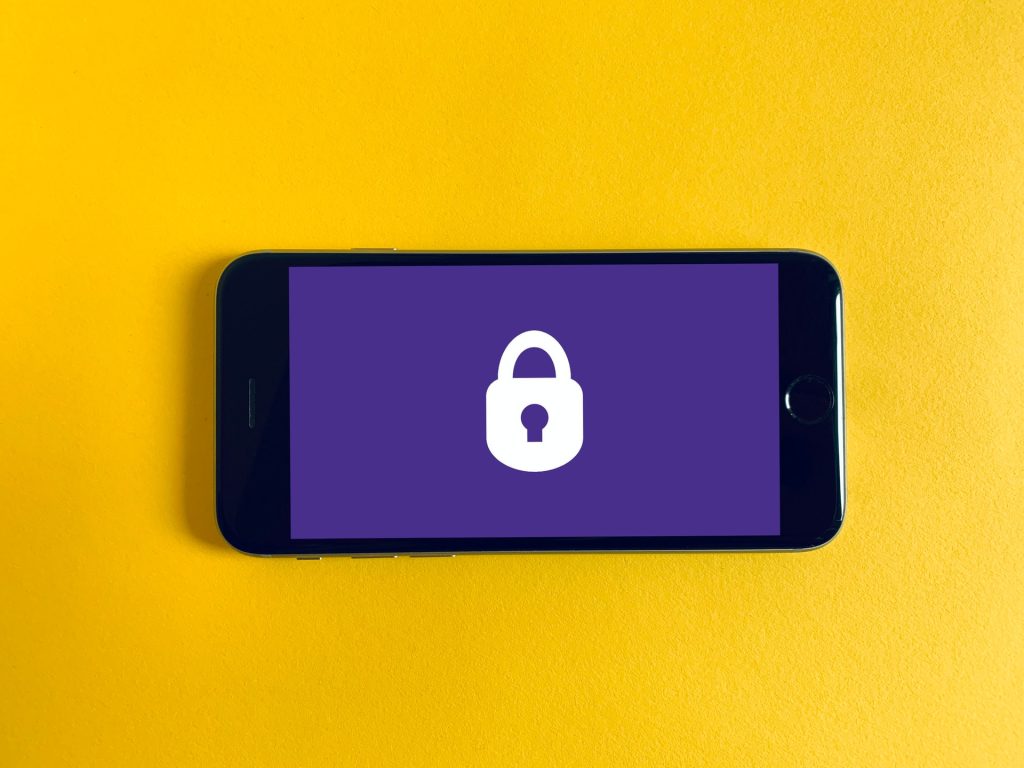Are you doing enough to support your remote workforce? Does your team have the things they need to help ensure success? Take a look at the smart tech investments you should make for your remote workers to improve productivity and connectivity and keep the company growing.
Updated Wi-Fi
ABI Research revealed that Wi-Fi-enabled devices are set to increase from 3.3 billion annual unit shipments in 2019 to more than 4.6 billion by 2024, reports PR Newswire. All those devices will need better Wi-Fi. That’s where Wi-Fi 6 technology comes in.
Wi-Fi 6, sometimes referred to as “high-efficiency wireless,” is the sixth generation of Wi-Fi technology. Wi-Fi 6 brought in wireless reliability and increased capacity, especially important to anyone working from home with numerous internet-dependent devices.

Using cell phone technology, bandwidth is distributed among individuals as requested at quicker speeds. The Wi-Fi 6 spec possesses four times the throughput per user in crowded environments.
What’s more, Wi-Fi 6 is more power-efficient, thus becoming less of a drain on device batteries, which is good news for remote workers everywhere. According to some reports, solo usage should see a speed that’s 37 percent faster than the previous generation.
Wi-Fi 6e is a step above, boasting more bandwidth, smoother performance, and better user experience than ever before.
Tools and Equipment
What tools help your business operate smoothly? It likely involves the use of printers, desktop or laptop computers, tablets, and smartphones. Not every business will need access to all the available technology, but remote workers need the right tools to do their job well.
Physical equipment should be current and updated, but it isn’t the only investment a company should make, especially department meetings and project collaborations. You need virtual communication tools too.

Email is a given; however, many companies adopt a more varied approach to remote work. According to Gartner’s research, with 26% of remote workers feeling isolated, installing the right social tools can help mimic positive office conditions.
From video conferencing to chat rooms to project management applications, many ready-made apps enable employees to work together and seamlessly communicate just like they would in the office.
These apps allow remote workers to view tasks, project due dates, and other members’ contributions and comments. Don’t neglect these essential cloud-based applications to help every team member feel connected and included.
Secure Equipment
If remote workers receive full access to sensitive data, it pays to step up your web security game. Use 2FA authentication, received through a private text message or via an email code, or multi-factor authentication, like the device, password, and user’s identity. All it takes is one bad password to allow internet thieves access to an entire IT ecosystem.

Install a Zero Trust framework mentality to eliminate unnecessary data permissions and assign access to validated users. With the Zero Trust method in mind, work to restrict access by various attributes, such as IP address, application, system, or team.
You’ll maintain better control over your sensitive company data and reduce the risk of out-of-control data breaches due to human error.
Make These Tech Investments for Your Remote Workforce
Remote work brings rewards and challenges all it’s own. Get your remote workforce off to the best start by providing the right tools for the job. Provide employees with Wi-Fi 6, physical hardware, and virtual apps to increase interpersonal connectedness and better security methods to ensure private company data stays private.
